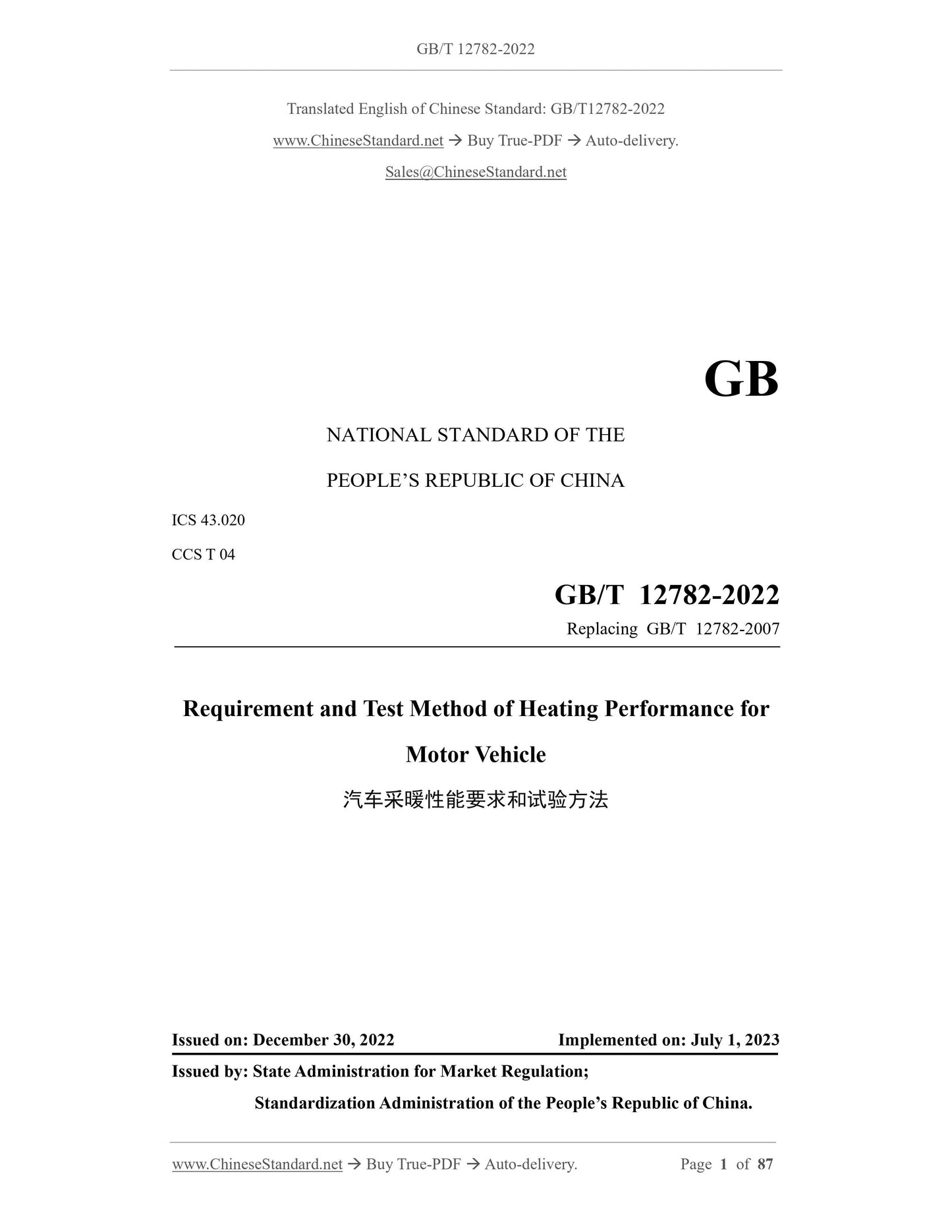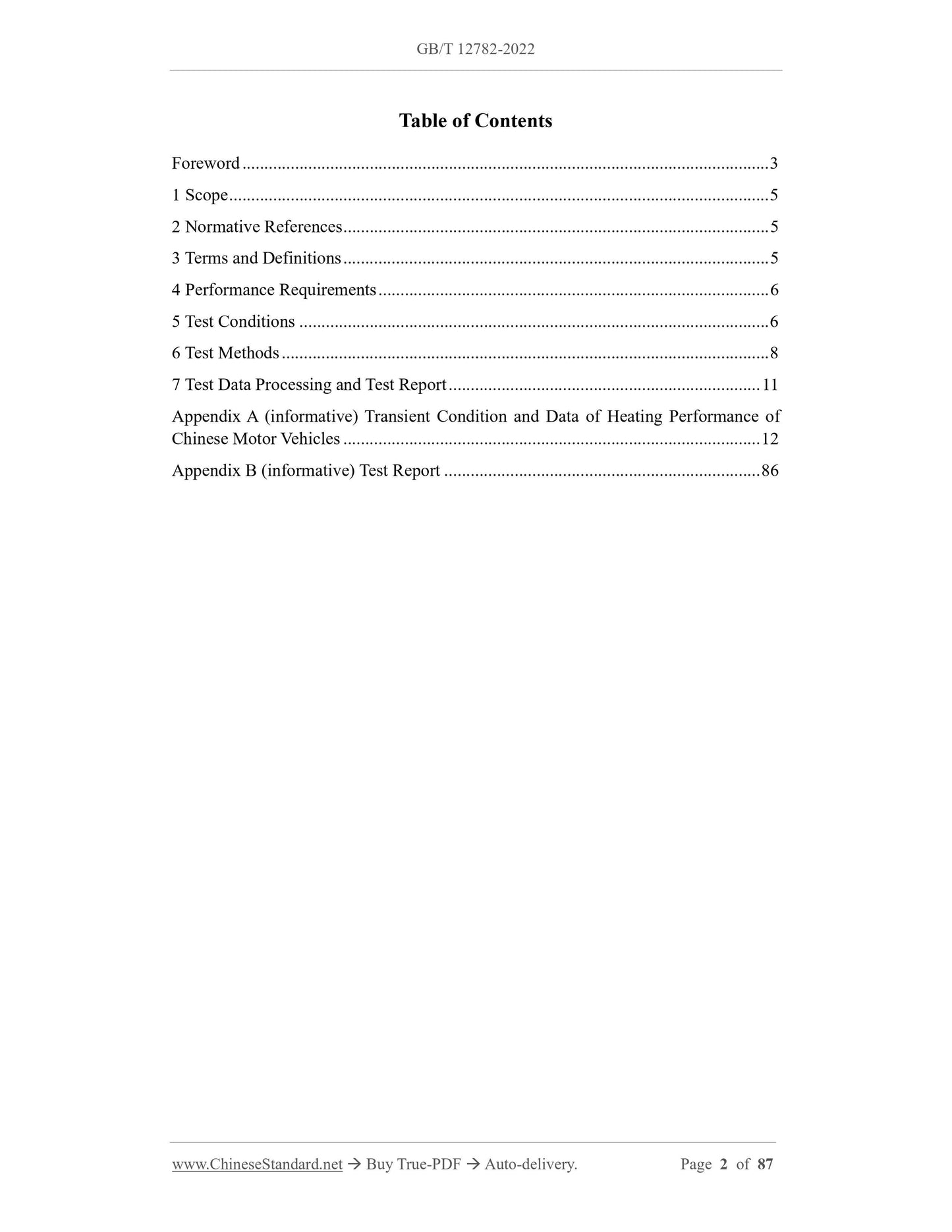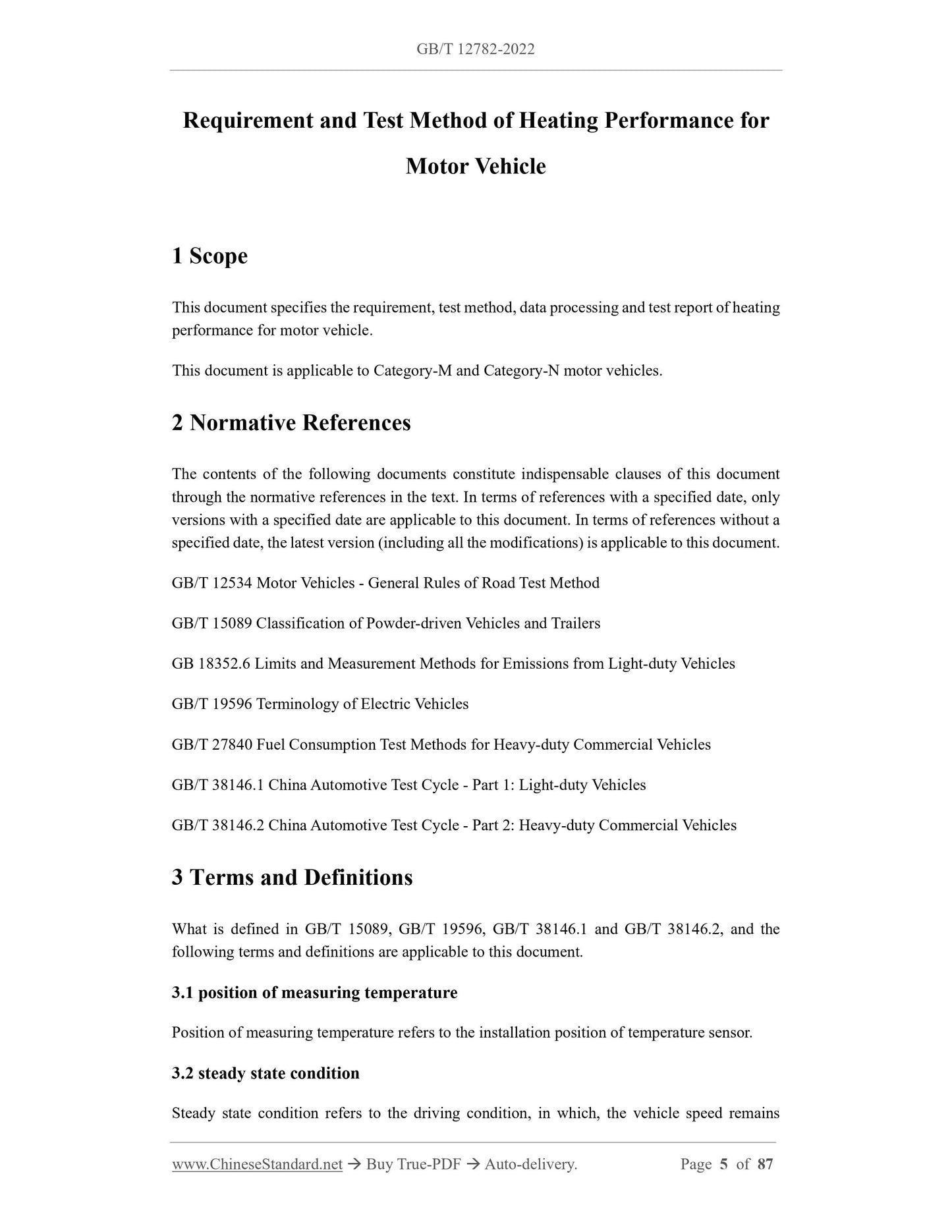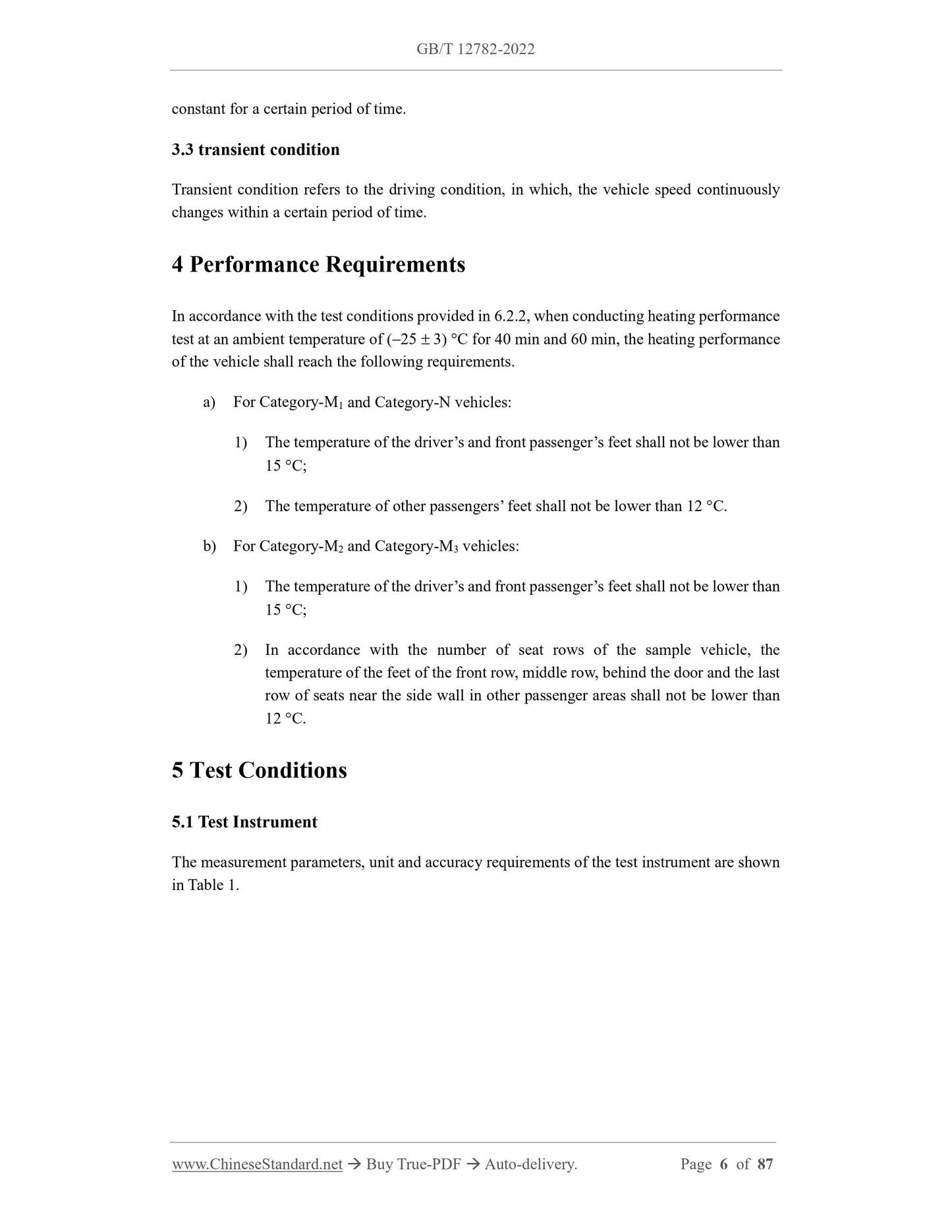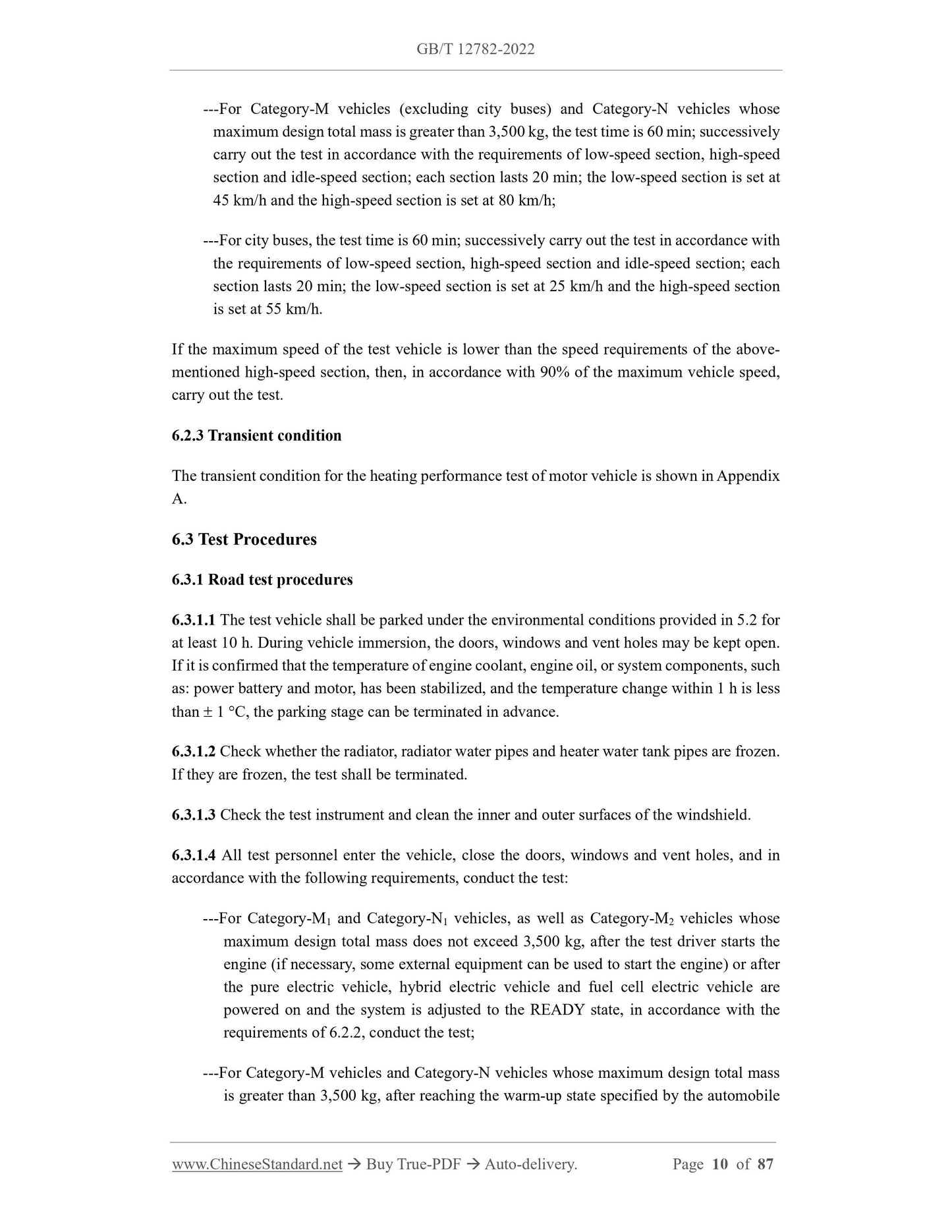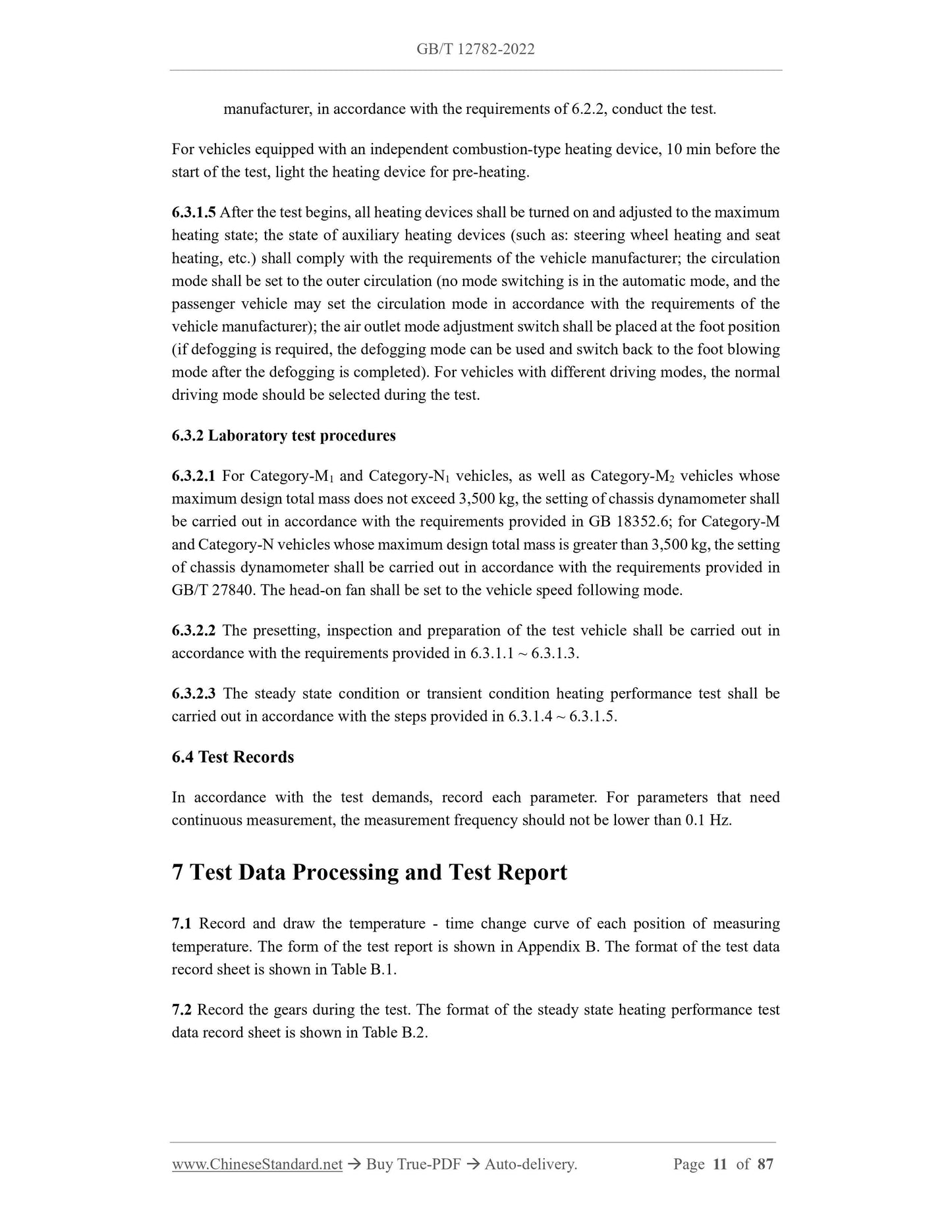1
/
of
6
www.ChineseStandard.us -- Field Test Asia Pte. Ltd.
GB/T 12782-2022 English PDF (GB/T12782-2022)
GB/T 12782-2022 English PDF (GB/T12782-2022)
Regular price
$1,005.00
Regular price
Sale price
$1,005.00
Unit price
/
per
Shipping calculated at checkout.
Couldn't load pickup availability
GB/T 12782-2022: Requirement and test method of heating performance for motor vehicle
Delivery: 9 seconds. Download (and Email) true-PDF + Invoice.Get Quotation: Click GB/T 12782-2022 (Self-service in 1-minute)
Newer / historical versions: GB/T 12782-2022
Preview True-PDF
Scope
This document specifies the requirement, test method, data processing and test report of heatingperformance for motor vehicle.
This document is applicable to Category-M and Category-N motor vehicles.
Basic Data
| Standard ID | GB/T 12782-2022 (GB/T12782-2022) |
| Description (Translated English) | Requirement and test method of heating performance for motor vehicle |
| Sector / Industry | National Standard (Recommended) |
| Classification of Chinese Standard | T04 |
| Classification of International Standard | 43.020 |
| Word Count Estimation | 83,897 |
| Date of Issue | 2022-12-30 |
| Date of Implementation | 2023-07-01 |
| Older Standard (superseded by this standard) | GB/T 12782-2007 |
| Issuing agency(ies) | State Administration for Market Regulation, China National Standardization Administration |
Share
